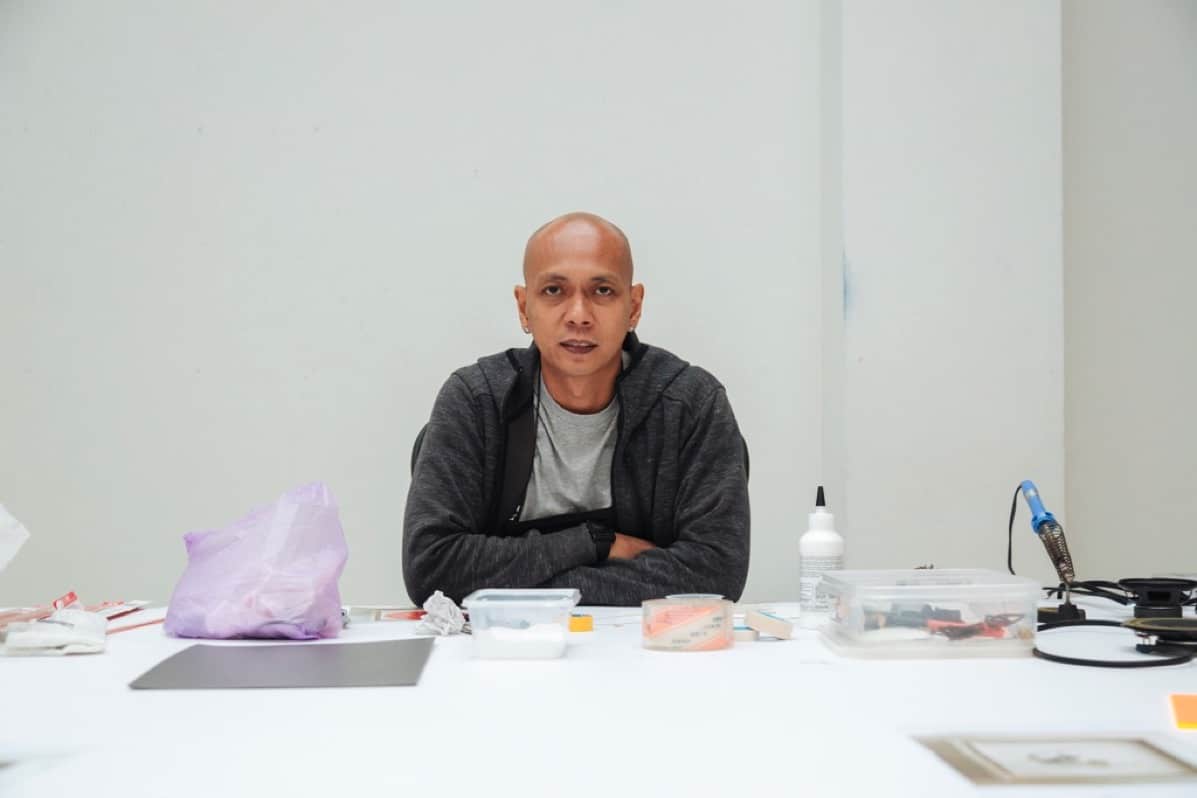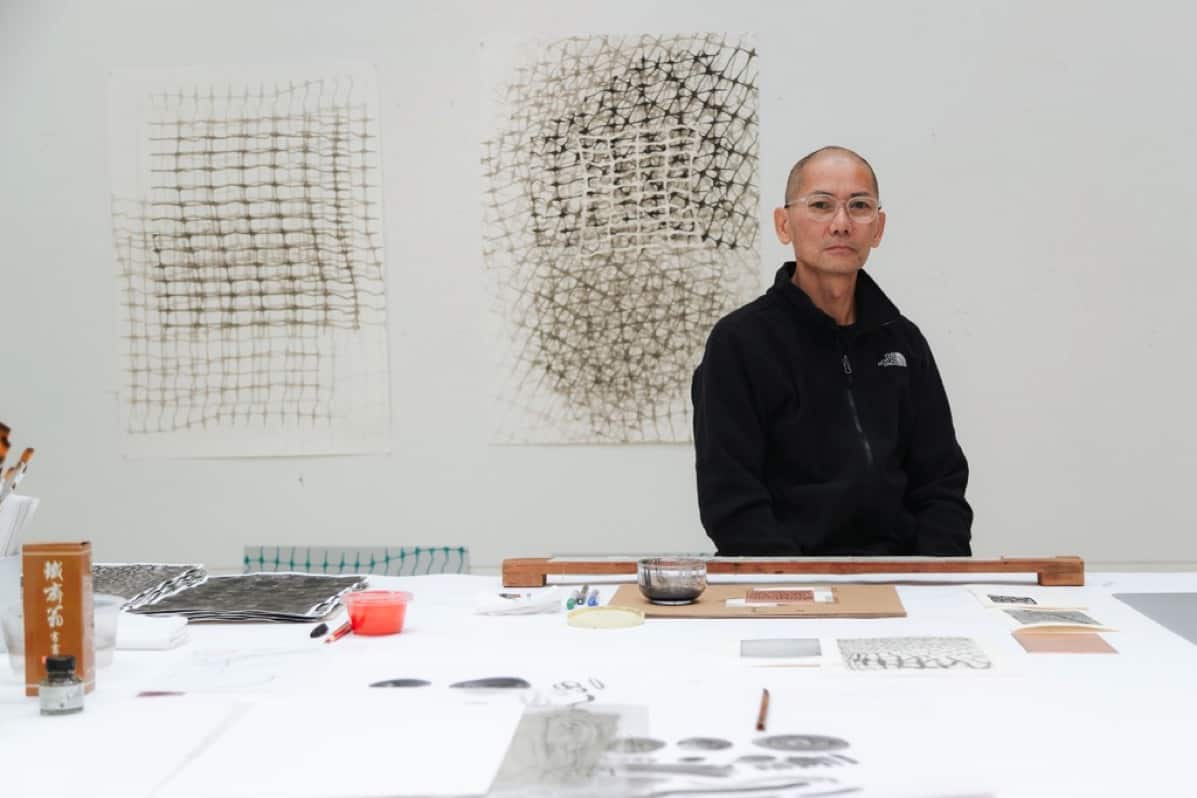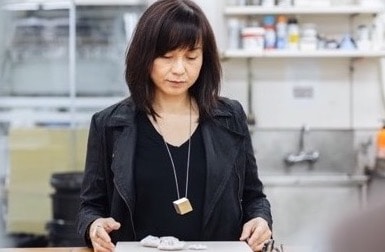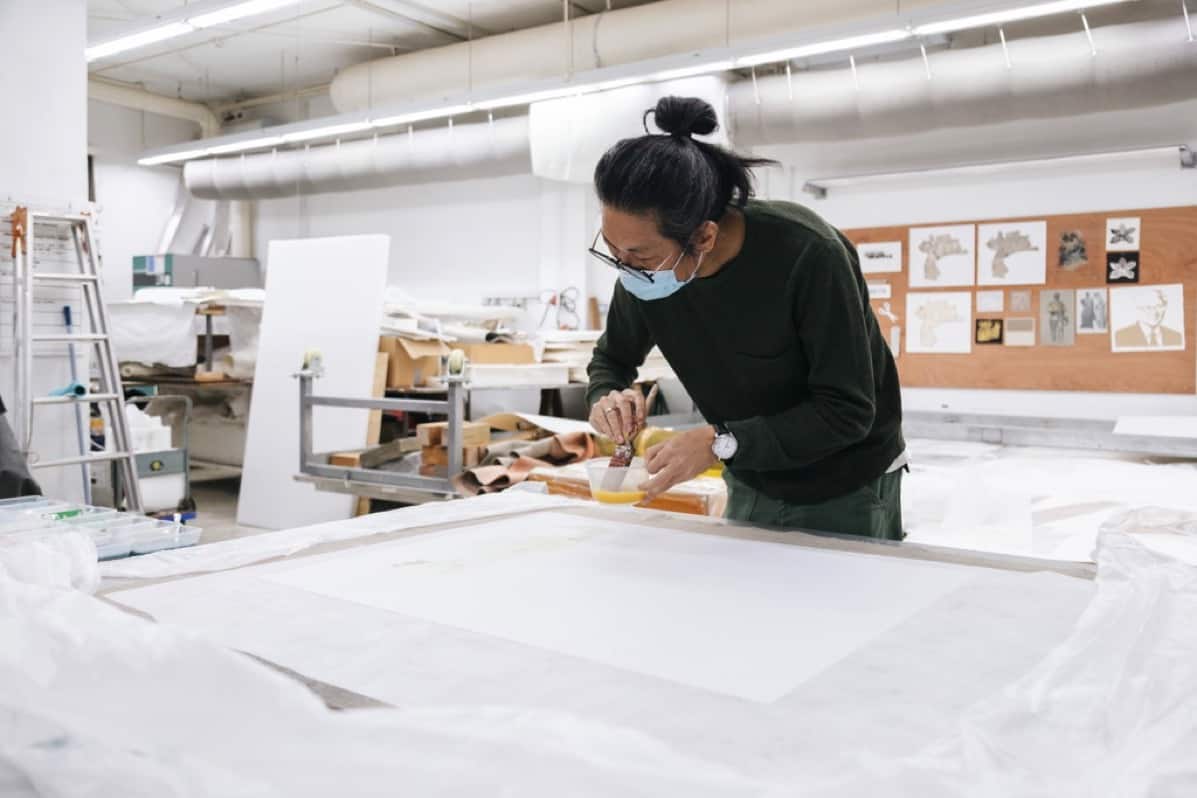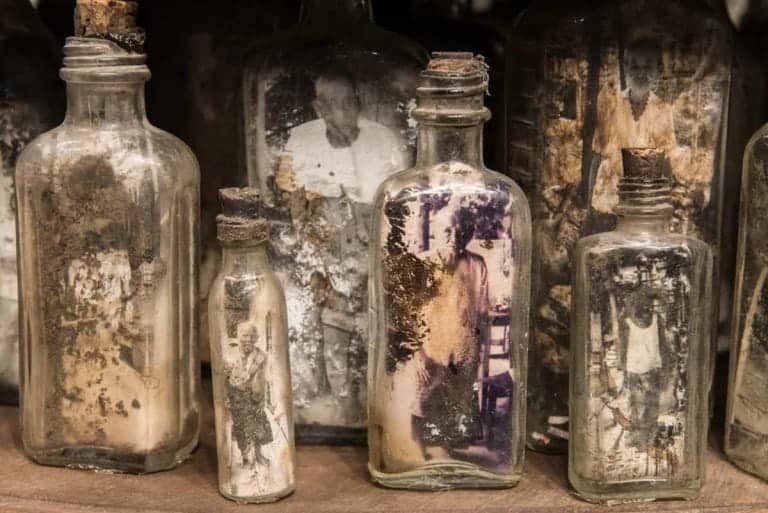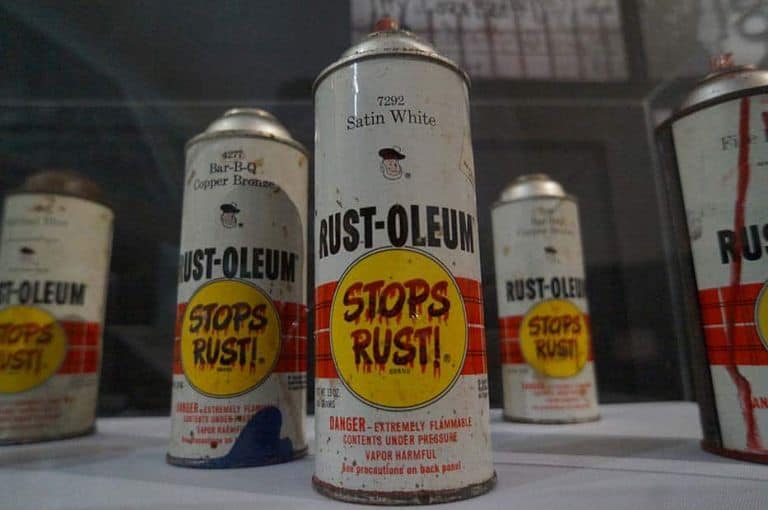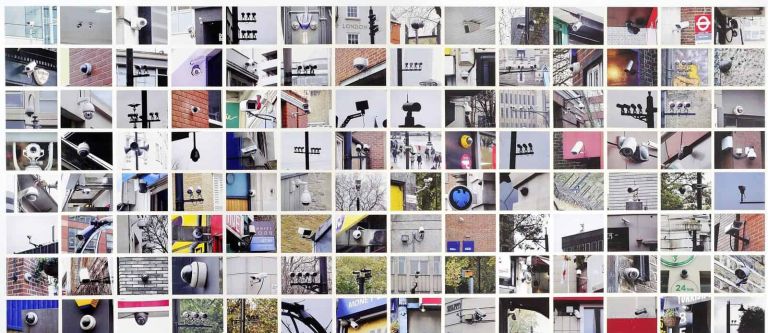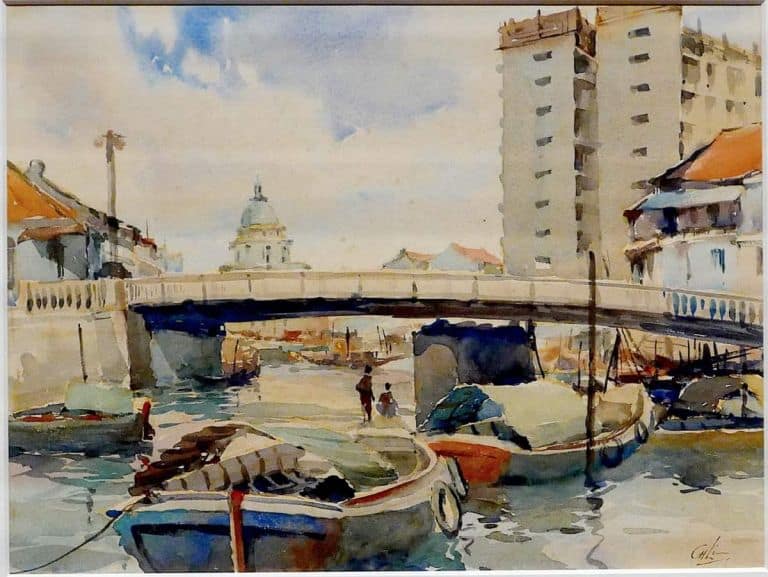Time, time, time,
See what’s become of me
While I looked around for my possibilities.
I was so hard to please
But look around
Leaves are brown
And the sky is a hazy shade of winter
While folks in Singapore are unlikely to experience any kind of foreign winter (hazy or not) thanks to Covid-19, Simon & Garfunkel’s 1966 number on the passing of time and the different seasons of life seems to hold a particular bittersweet resonance these days. It’s a common lament amongst both old folks and young, that time is just passing us by while the world continues to deal with this pandemic.
In this glum state of affairs, STPI Creative Workshop & Gallery’s (STPI) latest exhibition On Time guest- curated by Nanyang Technological University academic Marc Gloede, offers a much-needed breath of fresh air. Featuring the work of four mid-career artists who have taken part in residencies at STPI, On Time is an indulgent and languorous deep dive into notions associated with the passage of time – how we experience it, what it means for us and how perceptions change over time.
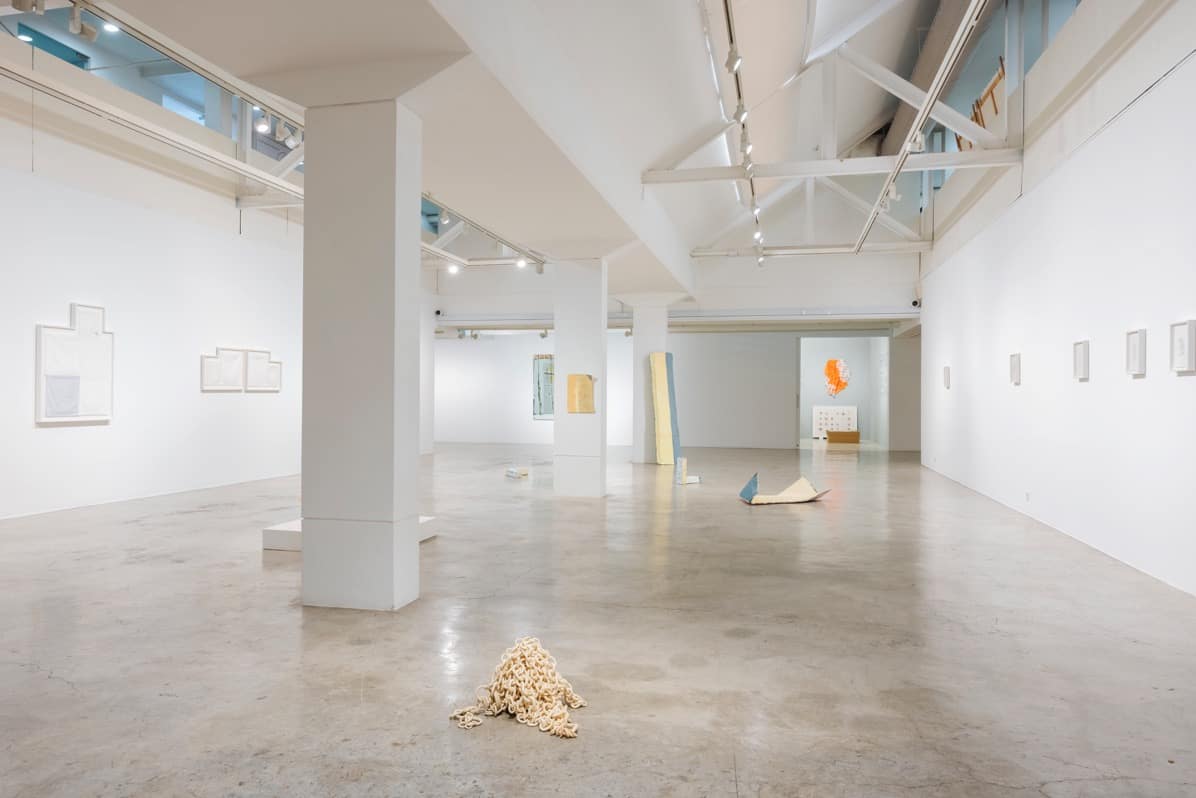
Artists Ian Woo, Adeline Kueh, Zul Mahmod and Jason Lim come together for this presentation which runs at STPI till 24 Oct.
“Time…”
Our press tour kicks off with Gloede’s commanding opening comment, “Time…”
His voice then trails off, and a long, pregnant pause follows as the group waits politely for Gloede to gather his thoughts.
An awkward silence fills the air as we look at him expectantly. Some of us (no doubt) start to wonder why he is so unprepared for this tour.
“Time,” he continues chattily, “becomes most evident when we expect something! When you are expecting me to say something, you become more conscious of time!”
The tension immediately dissolves, as we laugh under our face masks. The curator’s entertaining introduction sets the tone quite beautifully for what’s to come. In spite of its intellectual heft, the exhibition has a knowing quality to it, refusing to take itself too seriously as it invites viewers on experiential adventures down its aisles.
4 mid-career artists push their boundaries
Over consecutive residency periods of three weeks each, Artists Ian Woo, Adeline Kueh, Zul Mahmod and Jason Lim were invited to explore creating artworks using print and paper-making techniques, mediums which are not typically part of their respective art practices. Residencies are perhaps what STPI is best known for – tucked away behind its exhibition and workshop space, is a rabbit warren of apartments for artists in residence. While the local artists in this show did not dwell in the premises, they were nonetheless given full access to these living quarters. This translated into the freedom to reflect, conduct research, and investigate new works and mediums of production without financial pressures or external interference.
During these busy weeks, they had the full support of the STPI paper and printmaking teams to assist them in the realisation of their works.
“You would have fifteen people running after you,” laughed Adeline Kueh.
Ian Woo too commented on the intensity of the experience, “In the first week, I felt like I was going to have a heart attack! People in the workshop were asking me to try all kinds of things. I would tell Gordon (Koh) the papermaker what I wanted to have done and he would say ‘yes’ to everything.”
The results of this process, displayed in On Time, are deeply intellectual artworks layered with a personal sincerity and warmth that imbues the entire space. There is a lovely tension here, a kind of push-pull between experimental forays and the signature marks of each artist’s respective practice.
Highlights of On Time
Recalling memories of her own mother in Malaysia giving up her schooling to become a seamstress so that her brothers could pursue their education, Adeline Kueh examines the invisible labour that occurs in the home environment.

In doing so, she explores a key question that she has been obsessed with: “does love have texture?”
Meanwhile, abstract painter Ian Woo pivots towards the three-dimensional with a number of sculptural works in On Time, inviting viewers to “walk through a painting.”
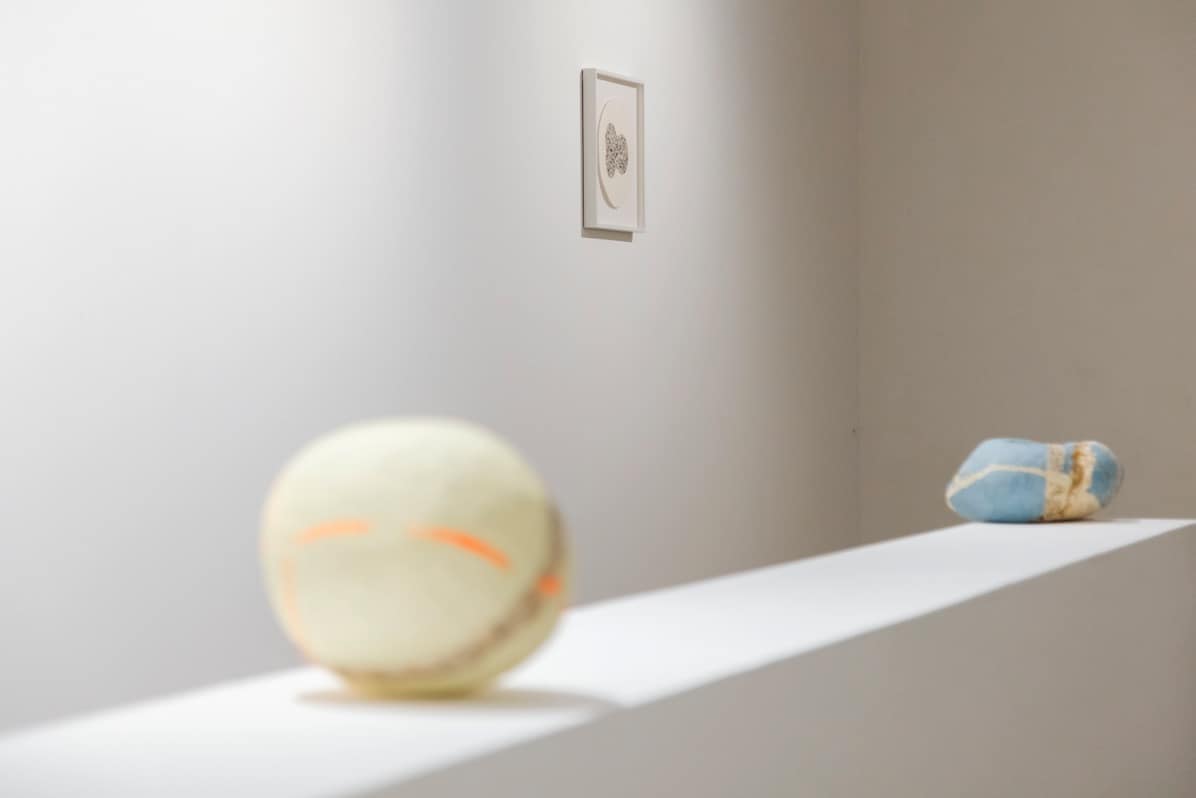
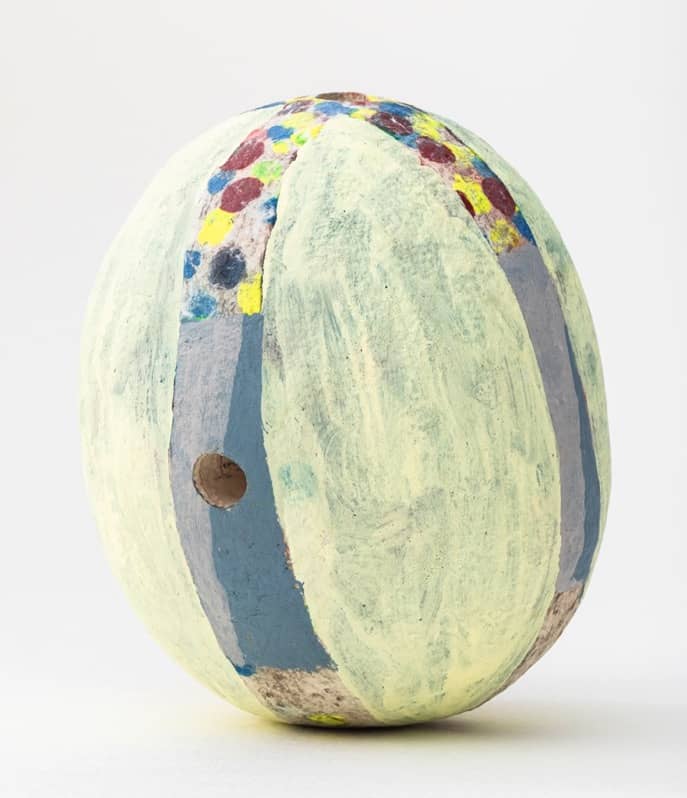
Jason Lim, who is better known for his ceramic and performance art works, translates the motifs that he usually works with in sculpture, onto paper. Says Jason, “The main difference here is that the tactile qualities in the prints are much more subdued (than in my sculptural work).”
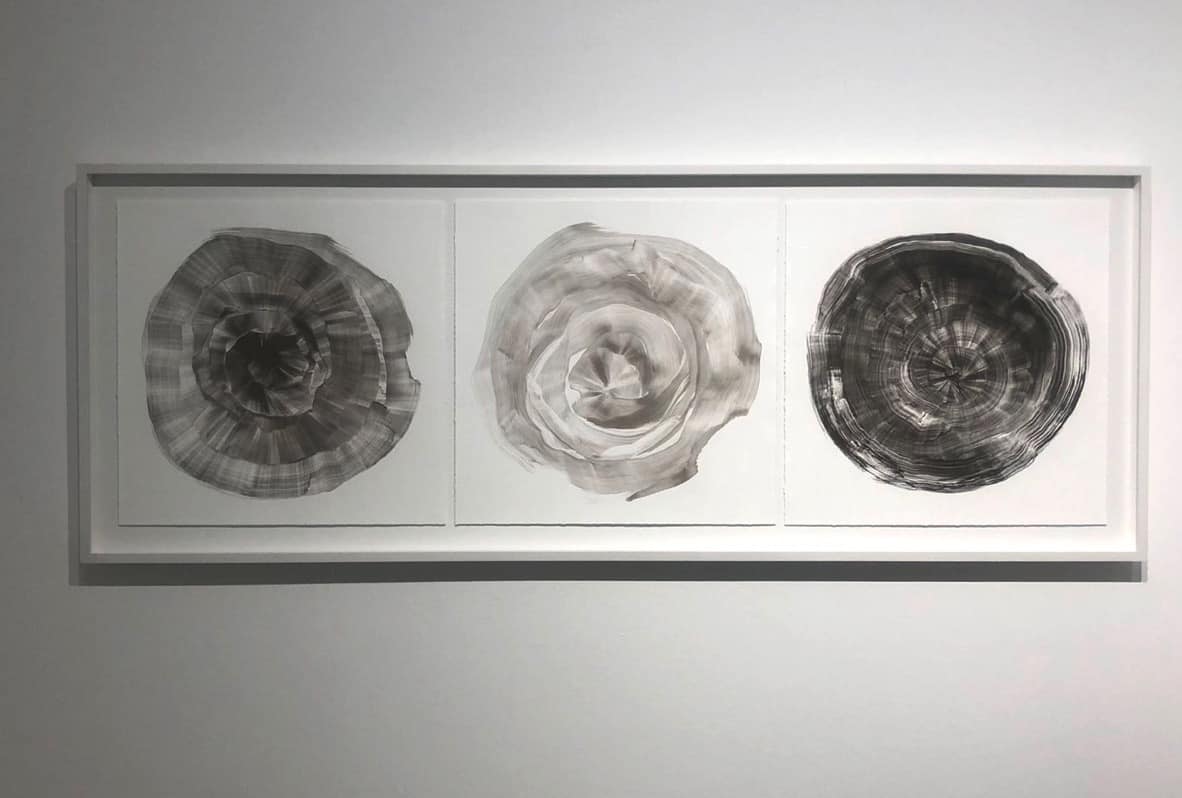
Zul Mahmod, a sound artist, perhaps displays one of the most remarkable departures from his usual practice. At STPI, he attempts to visualise sounds through prints and basic electronic circuitry.
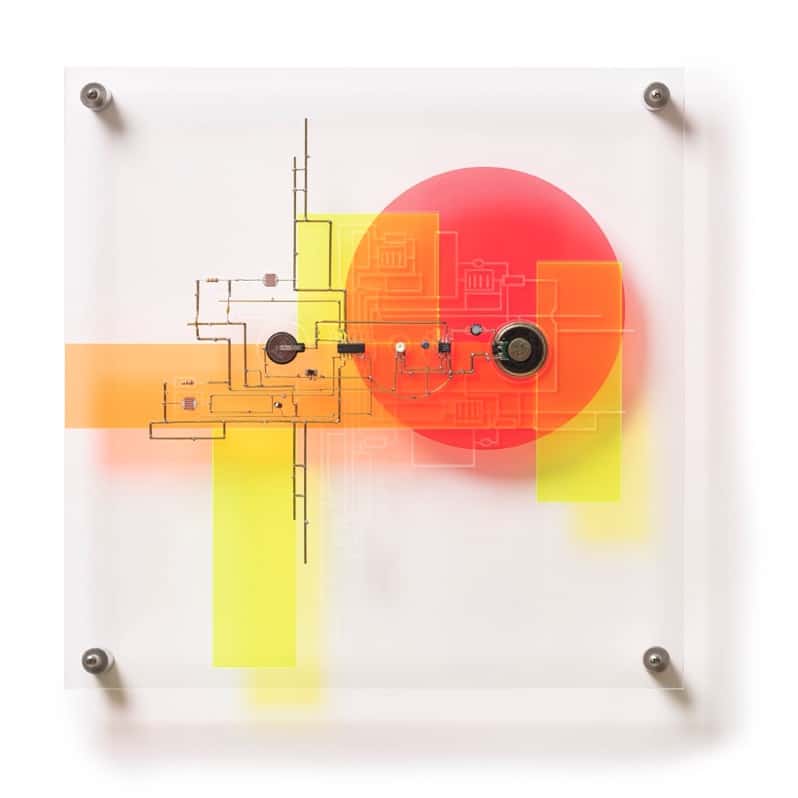
His pieces create a subtle backing soundtrack to the exhibition, framing and enlivening the works of other artists which are placed nearby. Woo comments that the juxtaposition of these sound works against his own paintings resulted in an effect that he would “never have envisioned.”
Curious Curatorial Gestures
The show has a deliberate lack of obvious wall text, a decision that the artists and curator defend vigorously. Gloede explains that visitors can trust the quality of the works, because they can all speak for themselves and have a compelling “theatricality” to them.
He also tells us that the exhibition will have different entry points for different viewers and offers an interpretive roadmap for visitors who are new to art and who might feel intimidated or overwhelmed by an abstract-leaning show such as this one. He suggests that visitors chancing upon works like Adeline Kueh’s rosettes or Zul Mahmod’s tic-tac-toe grids, might find that these pieces of art resonate because they trigger childhood memories or are simply “closer to home.”
“There is potential in that,” Gloede says, “because they pick you up at a certain point where you are feeling comfortable, and may then lead you to something (more complicated), somewhere else.”
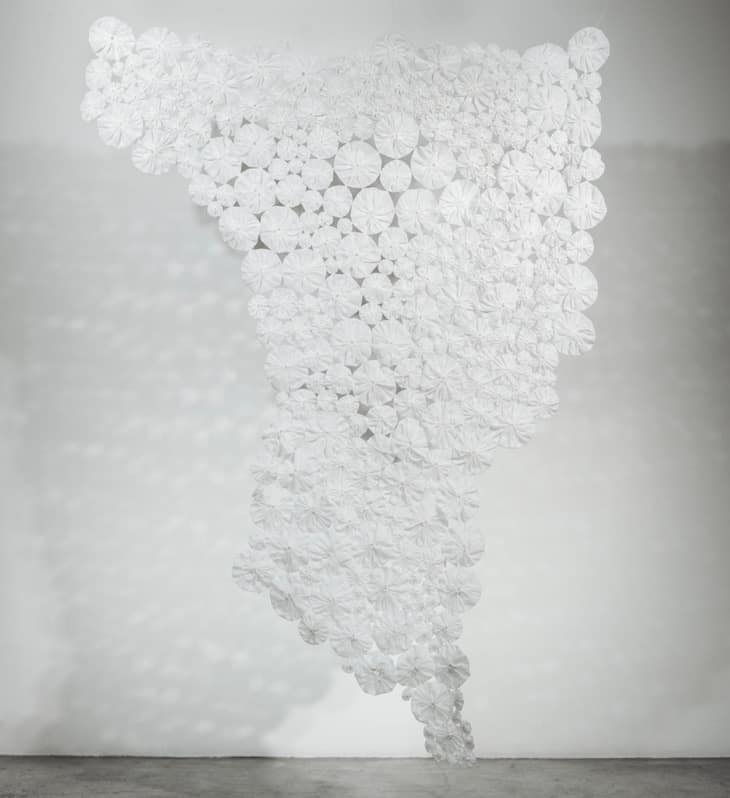
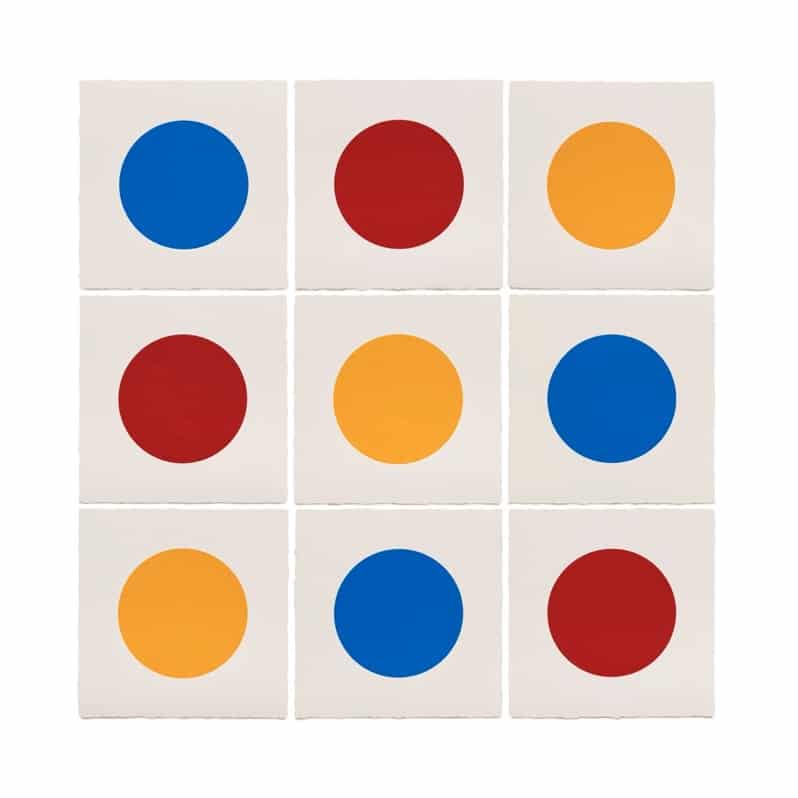
The temporal themes of this exhibition are also reflected in its very structure, which sees rotations of the artworks throughout the show’s run. In other words, visit the show in a different week, and you may just find yourself having a different experience altogether.
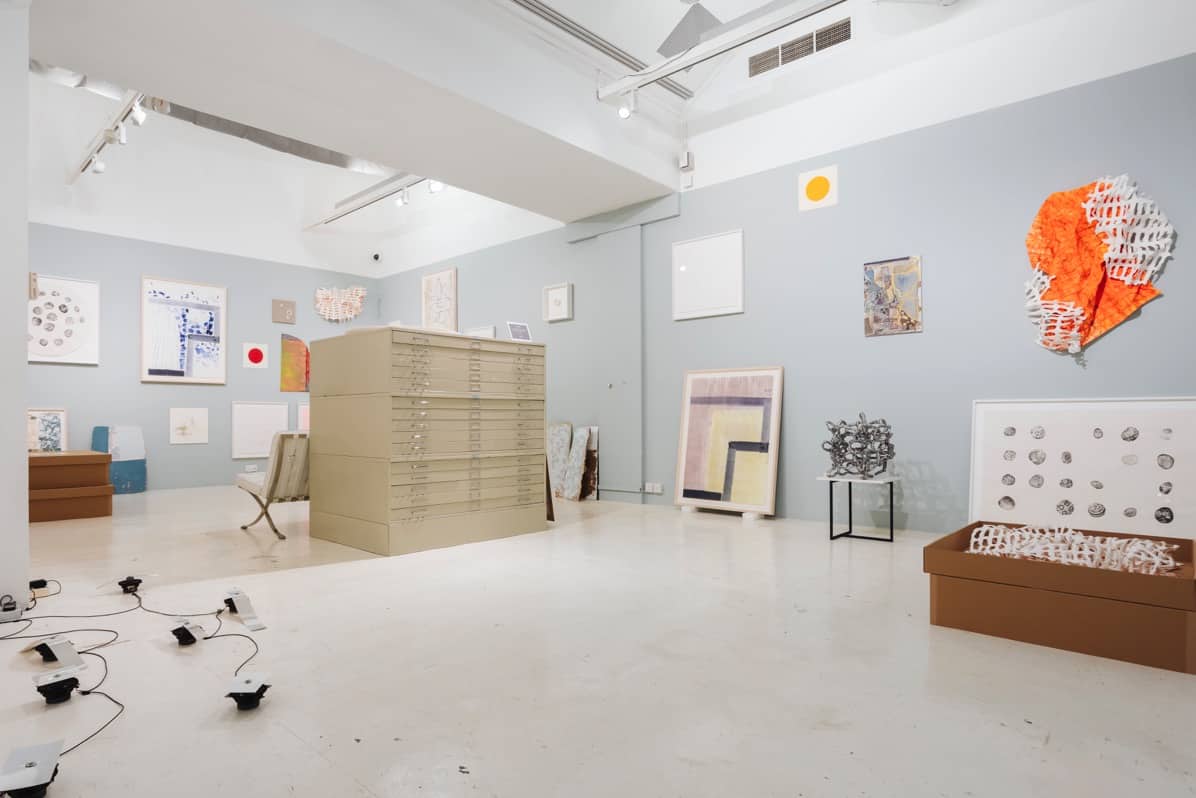
The side room looks a bit like a workshop itself, channelling all the vibes of the rough-and-tumble collaborative processes that have generated the innovative art in this show. The placement of the wall text here (instead of in the main exhibition room) provokes further reflection on how interpretive guidelines for the viewing of art can themselves be regarded as works-in-progress– constantly in flux depending on the perspectives of each individual viewer, and the point of time in which they encounter the art.
Time may be a hazy thing right now as the pendulum swings between Covid-19 restrictions and the slow crawl towards recovery, but On Time offers us a small glimmer of hope. In refreshing contrast to the strict governmental rules that dominate daily life, this exhibition gives visitors the freedom to meander through artistic representations of time at their own pace, and in their own ways.
__________________________________________
Unless otherwise stated, all images are courtesy of STPI – Creative Workshop & Gallery, Singapore.
On Time runs at STPI till 24 Oct 2021. Find more details on the exhibition and its accompanying artist-led programmes at this link: https://www.stpi.com.sg/exhibitions/
TraceTogether check-in and social distancing measures are in place at STPI Gallery.
This article has been produced in partnership with STPI. Thank you for supporting the institutions that support Plural.
